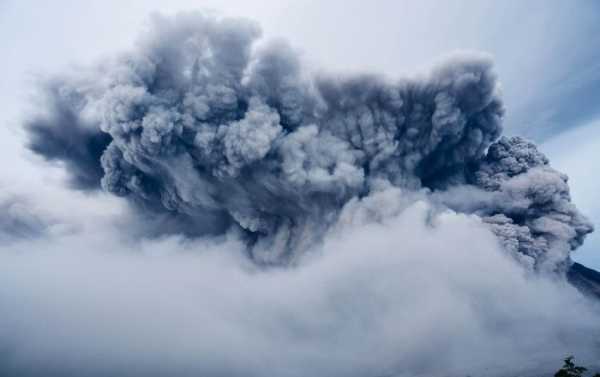
A new study has found that the mysterious seismic hums detected around the world were likely caused by an unusual geologic event.
The hums are said to have been an unconventional ‘announcement’ of a geological event – the birth of a new volcano off the coast of the island of Mayotte, located between Madagascar and Mozambique in the Indian Ocean. The new findings provide a detailed, one-year timeline of the event, detailing how magma from a reservoir about 20 miles (35 kilometers) under the ocean floor migrated upward, travelling through Earth’s crust until it reached the seafloor and created the new volcano.
The article published online in the journal Nature Geoscience explained that the hum was detected by global earthquake-monitoring agencies back in May 2018, along with thousands of earthquakes near Mayotte, including a magnitude-5.9 quake, the largest ever detected in the region. Afterwards, weird hums were detected in November 2018, with some lasting up to 40 minutes, buzzing around the world. The researchers have found more than 400 such signals since then, Cesca said.
In 2019, a French oceanographic mission showed that a new volcano had been born near Mayotte. It was huge, measuring about 3.1 miles (5 km) long and almost a half-mile (0.8 km) high. Researchers have since suggested that the hums were connected to the volcano – possibly caused by a shrinking underground magma chamber, given that Mayotte has sunk and moved several inches since the earthquakes began.
Researchers used data gathered worldwide and detected how magma from a 9-mile-wide (15 km) reservoir flowed upward diagonally until it reached the seafloor, leading to a submarine eruption, Cesca said. As the magma moved, it “triggered energetic earthquakes along its path to the surface,” he said. “In fact, we reconstructed the upward migration of magma by following the upward migration of earthquakes.”
The magma path then became a highway of sorts, allowing magma to flow out of the reservoir to the seafloor, where it built the volcano. It caused Mayotte to sink almost 20 centimetres, as the area above the reservoir, called the overburden, weakened, creating small faults and fractures there. When earthquakes related to the volcano and tectonic plates shook this particular area above the reservoir, they triggered “the resonance of the deep reservoir and generate[d] the peculiar, very long period signals,” Cesca said, referring to the seismic hums.
Although the volcano is now formed, earthquakes may still rattle the area.
Sourse: sputniknews.com






